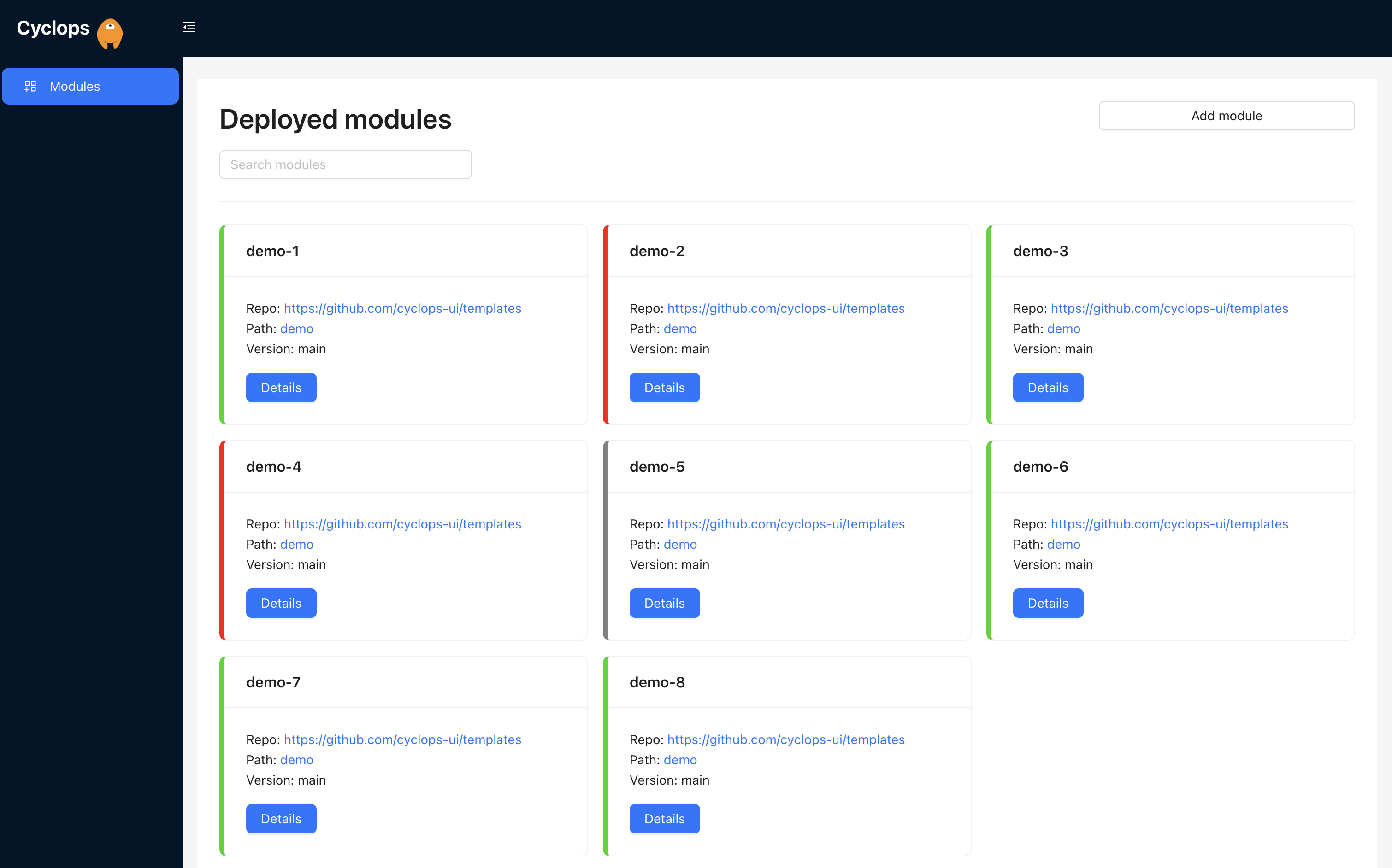Simplifying Kubernetes Deployments
3 min read

As a developer constantly engaged with the complexities of application deployment, I have experienced firsthand the intricate challenges of Kubernetes—an incredibly powerful yet complex platform. This complexity often acts as a significant barrier, particularly for new developers. In this blog, I share my experiences with Cyclops, an innovative open-source tool that has transformed the way developers interact with Kubernetes.
Background on Cyclops
Cyclops was designed to simplify the software deployment process on Kubernetes. By providing a user-friendly interface, Cyclops reduces the typical hours or days of configuration to just a few clicks. This ease of use not only accelerates the onboarding process for new developers but also enhances the efficiency of seasoned teams.
The Kubernetes Challenge
Kubernetes is a cornerstone in the modern software engineering landscape, known for enhancing application scalability and reliability. However, its steep learning curve and the need for detailed configuration files—which can often extend to hundreds of lines—pose a substantial challenge. Even minor mistakes in these configurations can lead to significant setbacks and costs.
Cyclops: The Solution

Cyclops addresses these challenges by allowing deployments through a simple, form-based interface. This interface is customizable, enabling infrastructure teams to tailor UIs to specific developer needs and use cases. Notably, Cyclops includes features like custom validations and a comprehensive dashboard that provides a clear overview of all applications within a Kubernetes cluster. These features empower developers to quickly identify and resolve issues, fostering a more independent and efficient workflow.
Key Features of Cyclops
Dynamic UI: Tailored based on specific configuration needs.
Configuration without YAML: Simplifies the deployment process.
Validation: Reduces the risk of deployment errors.
Quick Deployment: Deploy applications with just a few clicks.
State Overview: Monitor all applications in the cluster at a glance.
Detailed App Insights: View the health and resources of each application.
Easy Integration: Seamlessly fits into existing systems.
Comparative Advantage
Unlike other tools in the Kubernetes ecosystem, such as ArgoCD, Cyclops does not require developers to delve deep into Kubernetes' complexities. Instead, it focuses on simplifying these complexities through a user-friendly interface that meets diverse needs. This approach significantly flattens the learning curve associated with Kubernetes.
Cyclops in Action
Since its launch in January, Cyclops has been recognized by the Cloud Native Computing Foundation and has seen over 700 installations. Its effectiveness is evident in its rapid adoption and the positive feedback from the developer community. The tool is especially beneficial for developer teams that frequently interact with Kubernetes and those who view DevOps as a bottleneck in their deployment processes.
Getting Involved
For those interested in exploring Cyclops further:
Contribute to the Project: Visit the Cyclops GitHub repository to contribute.
Try Cyclops: Download the tool from the official website and explore its features.
Join the Community: Connect with other users and the development team on Discord.
Conclusion
My journey with Cyclops has been transformative, significantly simplifying the deployment process and reducing the dependency on our DevOps team. The intuitive design and robust functionality of Cyclops have allowed me to focus more on development and less on operational challenges. For any developer grappling with Kubernetes, Cyclops offers a streamlined and efficient solution that merits consideration.
Shoutout to Cyclops for collaborating with me on this blog.